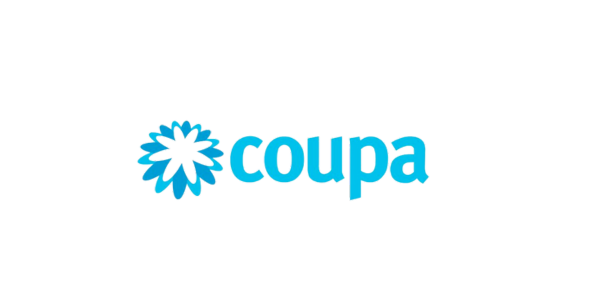Coupa Procure-to-Pay
Simplify the tracking of expenses. Allow employees to record and manage their expenses efficiently, streamlining the expense reporting process and ensuring accurate reimbursement.
Explore the ModuleCoupa Business Spend Management Platform Analytics and Reporting
Optimize inventory levels and availability. Streamline inventory control, demand forecasting, and reorder processes for effective management of stock and resources.
Explore the ModuleCoupa Expense Management
Streamline end-to-end procurement processes. From requisitions to payments, manage sourcing, purchasing, and vendor relationships efficiently for cost savings and compliance.
Explore the ModuleCoupa Inventory Management
Enhance procurement and vendor management. Optimize supplier sourcing, negotiation, and contract management to drive better supplier relationships and value.
Explore the ModuleCoupa Sourcing and Contract Management
Seamlessly integrate expense data across systems. Ensure accurate sharing of expense information among various platforms, optimizing financial management and reporting.
Explore the Module
